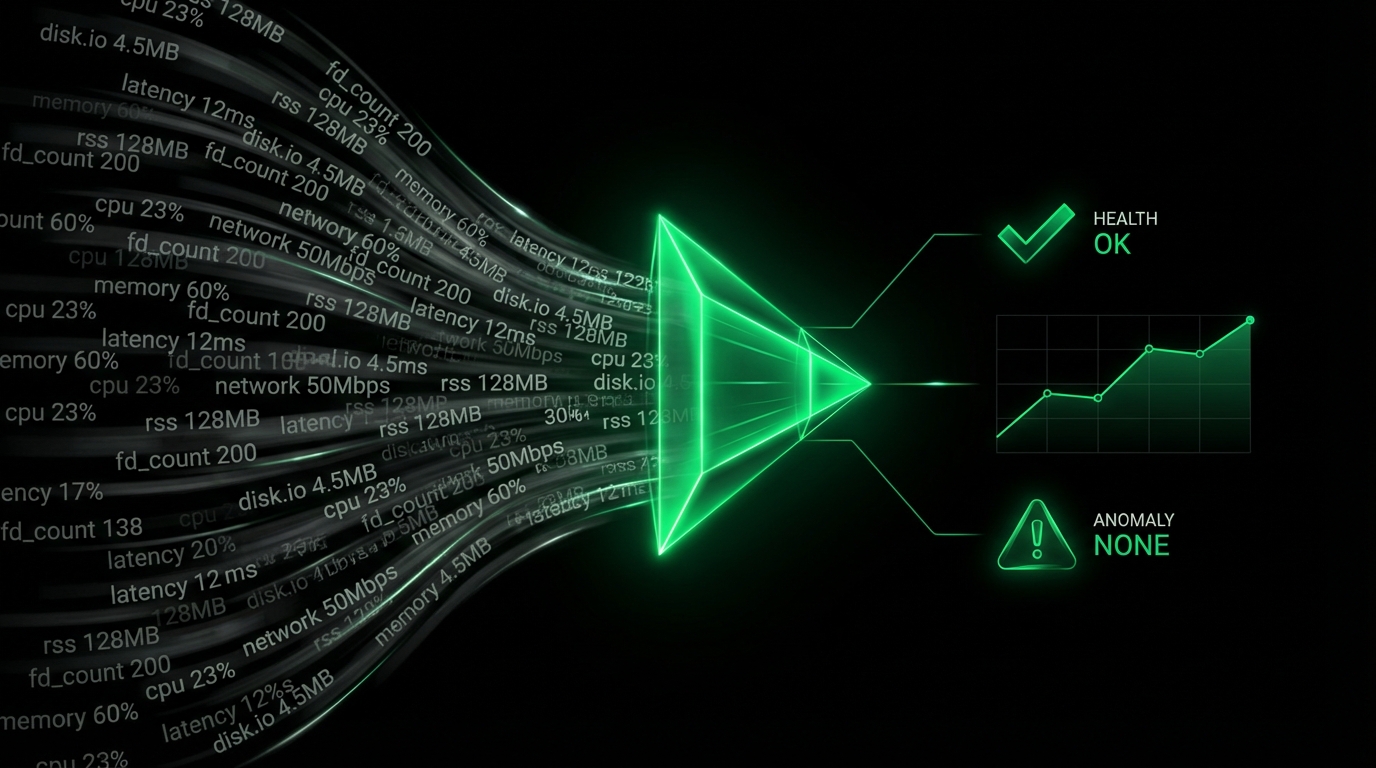Litespeed Monitoring
What Is Litespeed?
Litespeed is a powerful web server technology that boosts website speed and security. It is renowned for its high-performance capabilities, delivering superior HTTP/HTTPS content and optimizing traffic handling. Discover more about Litespeed.
Monitoring Litespeed With Netdata
Utilizing Netdata to monitor Litespeed provides comprehensive insights into your web server’s performance. As a real-time, distributed monitoring tool, Netdata captures extensive metrics, ensuring your server operates efficiently and responds proactively to issues. You can begin monitoring Litespeed effortlessly with Netdata’s Litespeed Monitoring Tool.
Why Is Litespeed Monitoring Important?
Monitoring Litespeed is vital for ensuring optimal performance, minimizing downtime, and preemptively identifying potential issues. By continuously examining key performance metrics, you ensure seamless and fast web delivery, which is essential for user satisfaction and maintaining service level agreements (SLAs).
What Are The Benefits Of Using Litespeed Monitoring Tools?
Litespeed monitoring tools like Netdata offer numerous advantages:
- Real-time monitoring: Instantly identify and troubleshoot issues.
- Comprehensive analytics: Gain insights into web traffic and server usage.
- Enhanced visibility: Visualize data to understand server performance and trends better.
- Proactive alerts: Receive timely notifications for any performance anomalies.
Understanding Litespeed Performance Metrics
Below are key Litespeed metrics that Netdata collects, helping you maintain a high-performing web server:
litespeed.requests
Description: Requests per second delivered by the server.
Unit: requests/s
litespeed.requests_processing
Description: Current number of requests being processed.
Unit: requests
litespeed.net_throughput
Description: Incoming and outgoing network throughput over HTTP.
Unit: kilobits/s
litespeed.net_ssl_throughput
Description: Incoming and outgoing network throughput over HTTPS.
Unit: kilobits/s
litespeed.connections
Description: The current number of HTTP connections.
Unit: conns
litespeed.ssl_connections
Description: The current number of HTTPS connections.
Unit: conns
litespeed.public_cache
Description: Number of public cache hits per second.
Unit: hits/s
litespeed.private_cache
Description: Number of private cache hits per second.
Unit: hits/s
litespeed.static
Description: Number of static file hits per second.
Unit: hits/s
| Metric Name | Description | Unit |
|---|---|---|
| litespeed.requests | Requests per second | requests/s |
| litespeed.requests_processing | Requests In Processing | requests |
| litespeed.net_throughput | Network Throughput HTTP | kilobits/s |
| litespeed.net_ssl_throughput | Network Throughput HTTPS | kilobits/s |
| litespeed.connections | Connections HTTP | conns |
| litespeed.ssl_connections | Connections HTTPS | conns |
| litespeed.public_cache | Public Cache Hits | hits/s |
| litespeed.private_cache | Private Cache Hits | hits/s |
| litespeed.static | Static Hits | hits/s |
Advanced Litespeed Performance Monitoring Techniques
Advanced monitoring involves analyzing metrics like throughput, connection counts, and cache hits to optimize performance further. Employ automation and custom alerts with Netdata to enhance your monitoring strategy.
Diagnose Root Causes Or Performance Issues Using Key Litespeed Statistics & Metrics
Use Netdata to diagnose and delve into root cause analysis by correlating Litespeed metrics over specific timeframes. Such insights assist in comprehending traffic patterns and optimizing server configurations to improve delivery speeds.
Gain in-depth analysis with Netdata’s Litespeed monitoring capabilities. Check out the Live Demo or sign up for a free trial today to experience it first-hand.
FAQs
What Is Litespeed Monitoring?
Litespeed monitoring involves tracking various performance metrics to ensure the web server operates efficiently, delivering fast and secure web content.
Why Is Litespeed Monitoring Important?
It is crucial to guarantee minimal downtime, optimize performance, and quickly detect any issues that could affect service quality.
What Does A Litespeed Monitor Do?
A Litespeed monitor provides real-time visuals of server metrics, assisting in performance optimization and quick troubleshooting.
How Can I Monitor Litespeed In Real Time?
Utilize Netdata’s Litespeed monitoring tool for real-time insights and detailed analytics to keep track of your Litespeed server’s health and performance.









